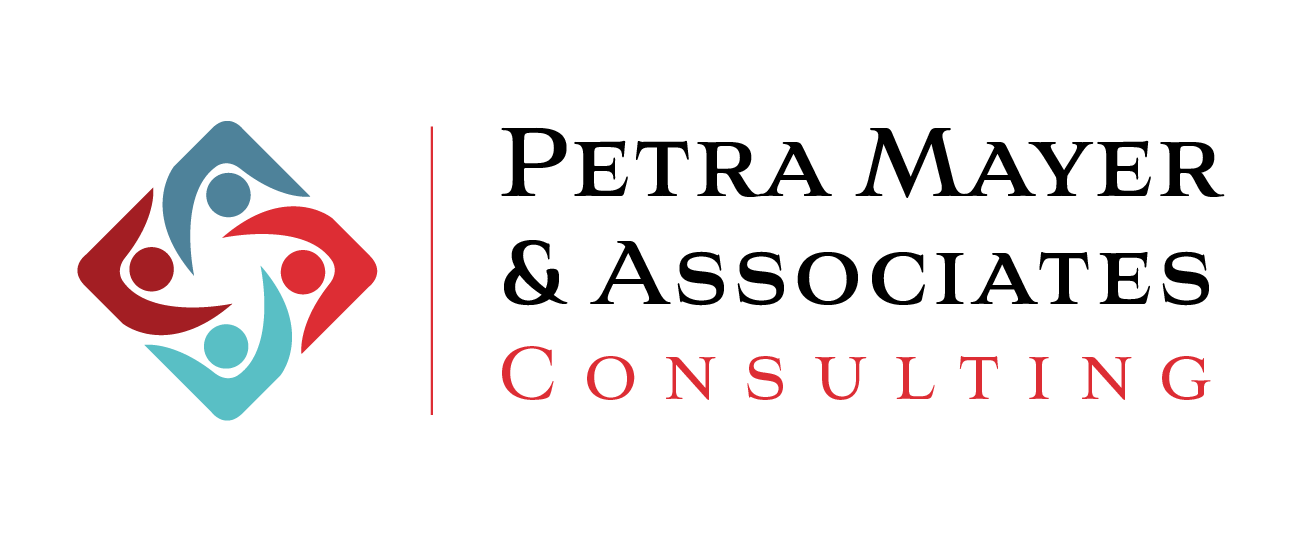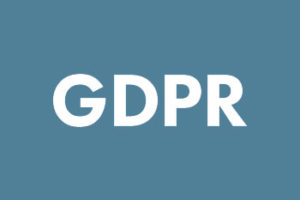Transcription
The Situation
In this case study, we cover the process of taking a client through a LMS Discovery Project to better understand the organization’s business, technical and security requirements.
Our client, a data provider in the healthcare industry, undertook a proactive project to review the LMS requirements and was seeking neutral review of their requirements. The project included research of internal stakeholders, clients and representatives of comparable organizations. Paired with research of eLearning trends since 2016, it became clear that a new LMS would not solve the primary issues that were discovered in the holistic research. Instead, we discovered that the organization needed to first address their processes internally, before establishing detailed requirements for the system that would take it into the future.
Findings
User research clearly identified the need to address firstly: Findability and greater Awareness for the educational products offered.
Internal research on the other hand pointed at the high importance of increased Collaboration. Before the organization can engage in a LMS replacement project, a thorough requirements analysis will be needed.
Findability
We identified a crucial need within the organization: improving access to educational materials to ensure learners can find them within their relevant context. Despite the abundance of information available, users were finding it difficult to easily access these resources. Our user research further shed light on this critical insight – that users were spending limited time on their educational resources. This highlighted the urgency of intuitive search and improved findability, with findability being a key problem for the majority of users, both in discovering things initially and in locating them later.
Awareness
External user research that was conducted in parallel to our internal project and integrated into the final findings identified that users often did not know about the great tools available to them. Given the hectic environment in health care organizations, end users did not have the time to locate the resources. In some ways, this may be defined as a marketing problem. By raising awareness of external users and placing the resources into the context of working, the end users will be helped in completing their objectives.
On the internal side, this was mirrored by what we had identified as a missed opportunity for the organization to position education as a valuable service not only externally but also as a resource of internal departments who can tap into the expert knowledge to create helpful materials that position the organizations’ products and services beyond the resources available on the LMS.
Collaboration
We also found that the internal structures and processes were not enabling the education department to provide expertise where needed. This had led to a variety of learning materials being created by different groups, sometimes without the involvement of the subject matter expert’s. These findings led us to the insight that collaboration was another key internal process that needed to be addressed. In our research, we discovered that efficient task completion required the organization to meet the users where they were – in the flow of work. Further conversations with internal stakeholders solidified great support for increasing collaboration with the subject matter expert’s early on, citing some best practice projects that had led to better results.
System Capabilities
The organization had already identified that the present LMS was not achieving the system capabilities needed to best serve their users. However, we discovered that a simple system replacement of the LMS was not going to lead to the results needed. The aforementioned findability, collaboration and awareness all needed to first be addressed before a new system could be considered. As other system replacement projects are underway, we recommended waiting until those decisions have been made before engaging in a detailed LMS requirements assessment so that the system will integrate well into the future.
Our Process
Our process was developed in close collaboration with the client team. We engaged in ongoing delivery of intermittent findings and discussion so that our end report that we delivered to the education department and senior management was on point and would enable the team to transition this discovery into specific action items they will prioritize for this year. We did not want to create a report that would gather dust in a drawer. It was our intention to create something that will enable this organization to empower their education department to contribute in a much bigger way going forward.
My Role
Through this, my team conducted a series of 17 interviews with the organizational leaders and subject matter expert’s in the business and technology areas. We collaborated with the UI team during their user research and incorporated their report that reflected what we learned internally. Further, we scanned comparable organizations to gather information about their education delivery systems and looked for best practices with three interview sessions. Finally, we reviewed changes in learning delivery in the past seven years, and assessed the potential impact on the organization’s decision making for future system solutions. This intense research led us to our findings which we then presented in the format of a detailed report that was delivered to management.
The Result
Our result was a customized report that helps the education department build on their learning strategy and develop action plans for the future.
This project led to us creating a detailed recommendation plan for the organization. Within our recommendations we suggested that the organization should take a more user centric approach to better ensure easy access to educational materials, regardless on which platform they are hosted to increase findability. We addressed collaboration by recommending that the organization should develop standard processes where the subject matter expert’s participate in the project planning from the early stages and utilize an Action Planning methodology to identify the type of educational material and the location of user access as a best-practice process.
To improve awareness, we suggested that the educational materials should be featured more prominently on the organizations website, and that the suggestions found in our user research phase should be incorporated to address the issue of users facing an overload of search results. Finally, we recommended that the organization should delay adopting a new LMS until it is clear which other system integrations will be required and that a thorough requirements analysis should be conducted.
This project was another example that an immediate replacement of an LMS is often not the answer. If you have an LMS project in mind and want to be sure which way to go or if you already have an LMS and you require implementation support, connect with us today. We would be delighted to assist and guide you through the process.

